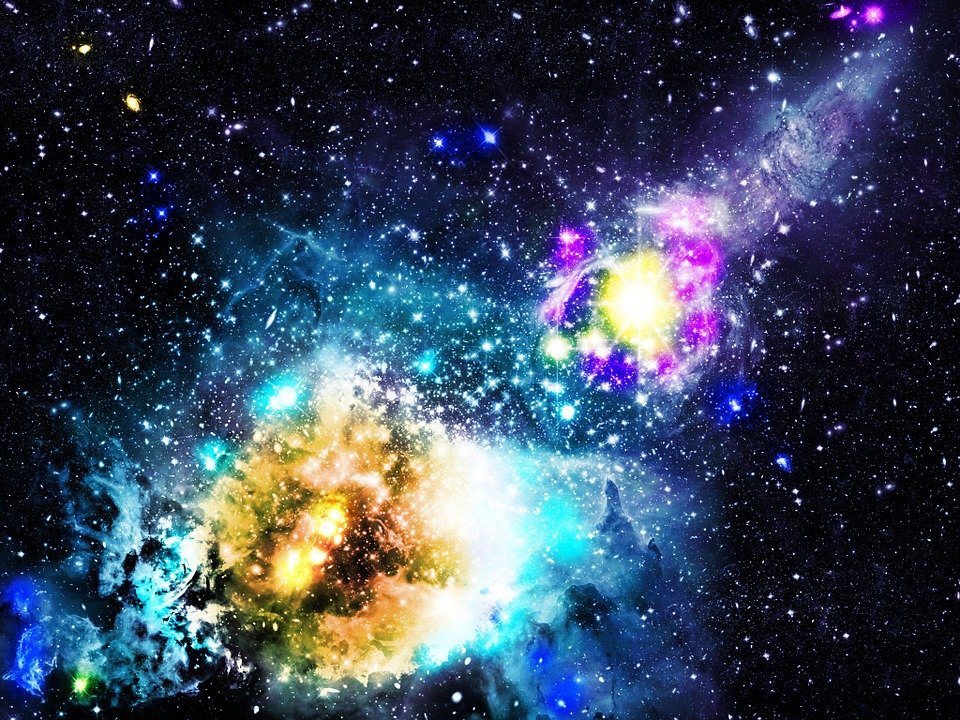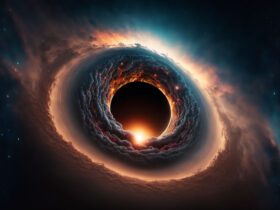A new picture shot by NASA’s Hubble Space Telescope shows an odd triangular shape generated by two galaxies colliding in a cosmic tug-of-war. According to a NASA press release, the merger between the two galaxies sparked a star-forming frenzy, resulting in “the bizarre triangle of freshly minted stars.”
Arp 143 is the name given to the fighting pair of galaxies. The galaxy NGC 2445, which is immersed in star-birth-inducing gases, sits in the core of the stellar triangle, and its less spectacular companion is NGC 2444. The galaxies may have traveled past one other, sparking a firestorm of stars in the NGC 2445 galaxy, according to ASA.
According to scientists, simulations reveal that head-on collisions between two galaxies is one means of creating rings of new stars.
Star formation rings are fairly rare. What’s strange about this system, though, is that it’s a triangular star formation. Part of the reason for this form is because two galaxies are so tightly together, and NGC 2444 is gravitationally tied to the other galaxy. NGC 2444 may possibly contain a hot ring of gas that helps to drive the gas from NGC 2445 away from its center. So they’re still attached to one other, and their odd interplay is warping the ring into this triangular shape.
NGC 2444 is also responsible for attracting young, blue stars that seem to construct a link between the two galaxies by dragging strands of gas from its companion. The companion galaxy in the engaging pair has been expanded into an unnatural form, despite the fact that the majority of the activity is taking place in NGC 2445. There are no new stars forming in our galaxy, just old ones.















Leave a Reply